
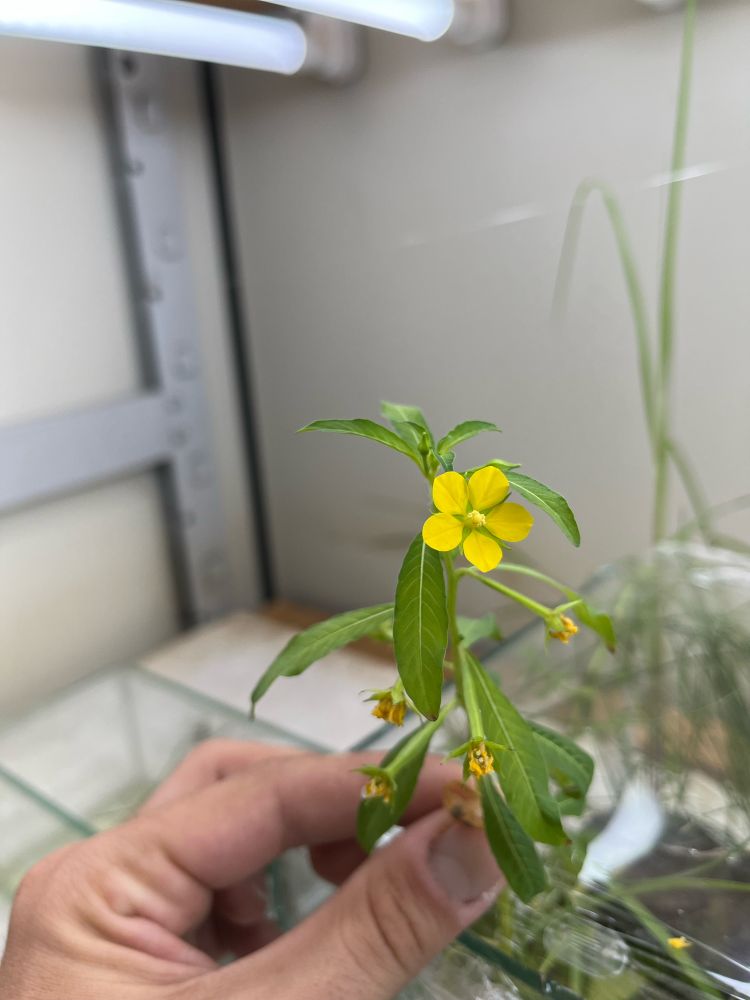
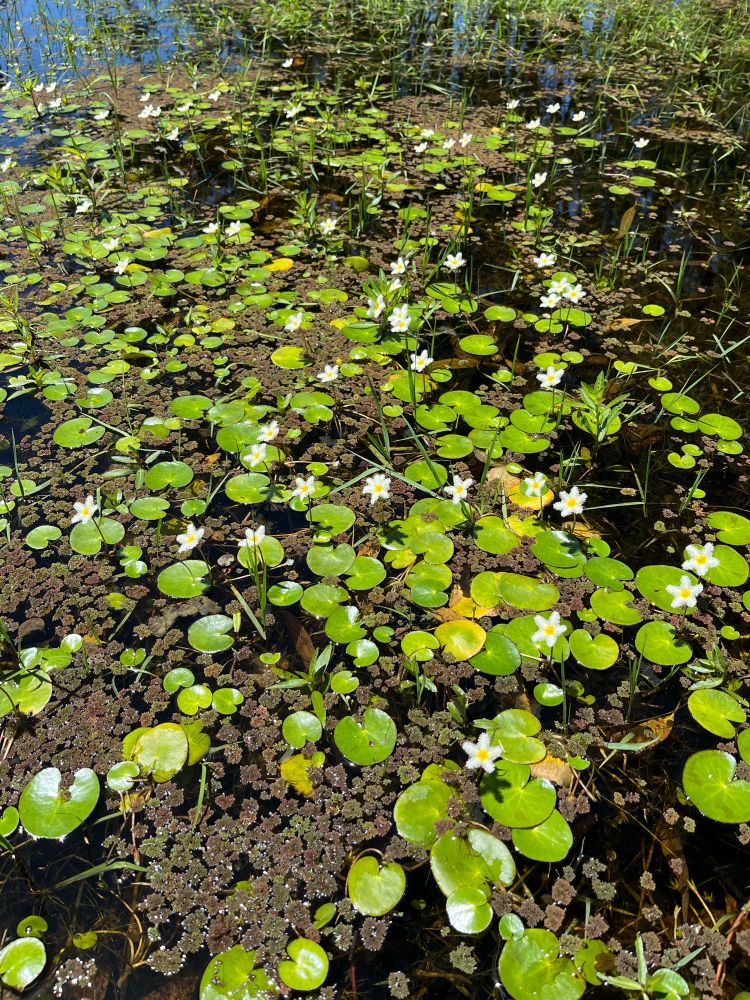

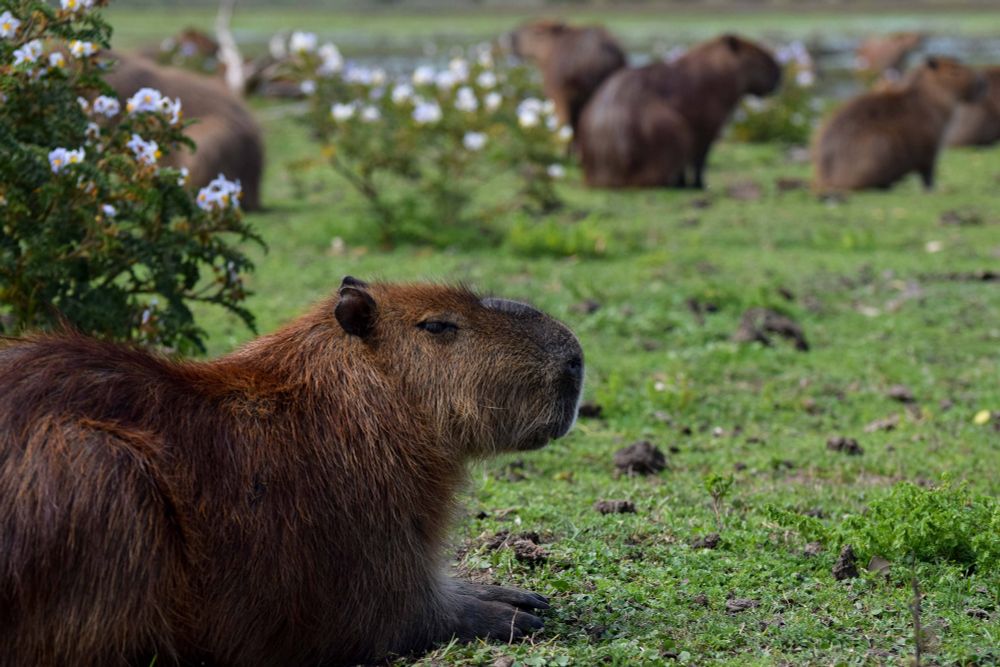

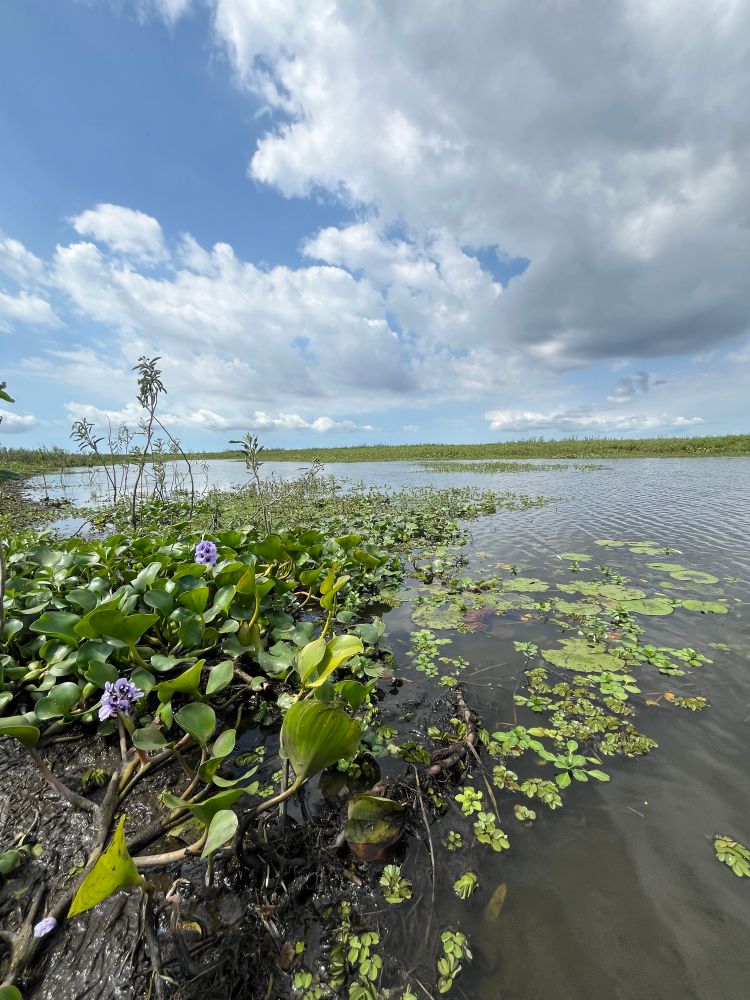
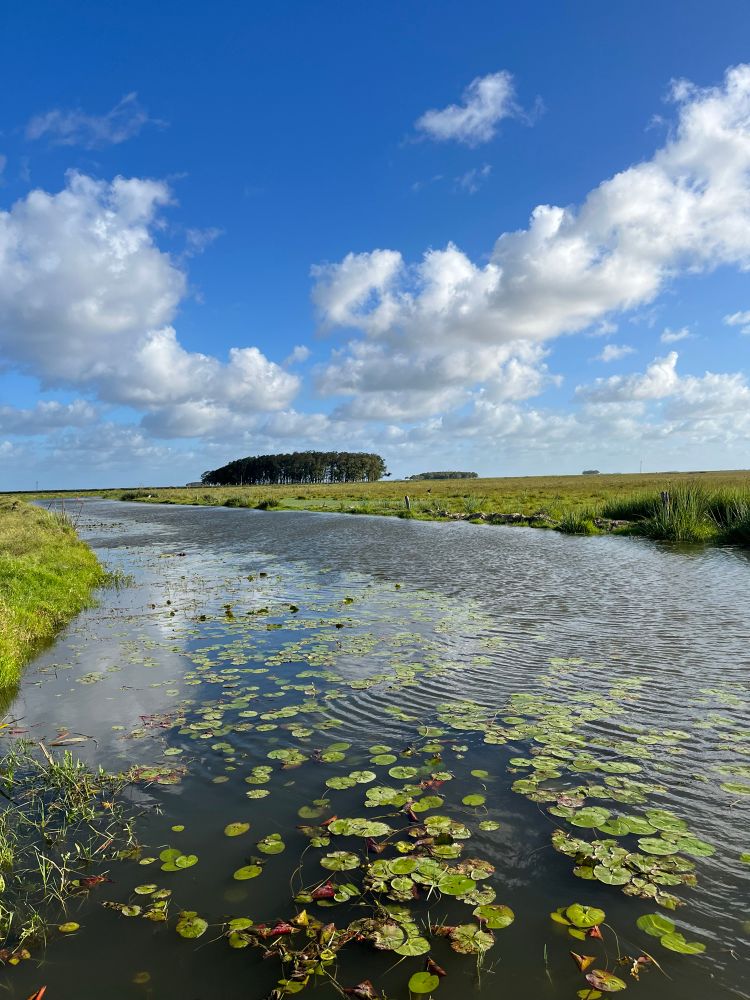

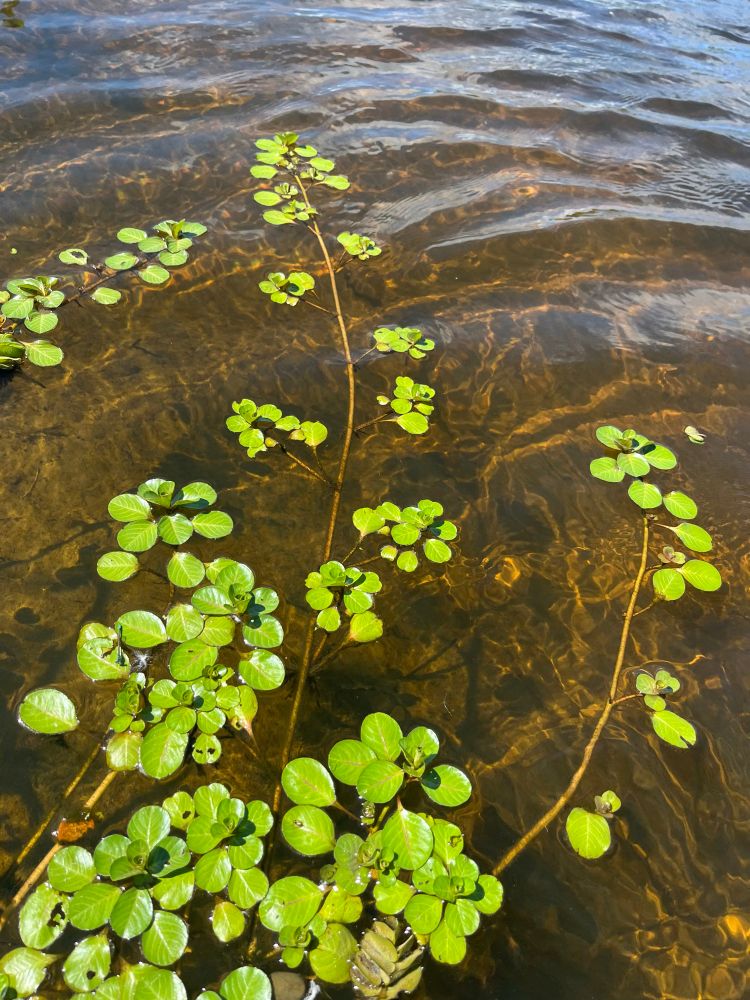
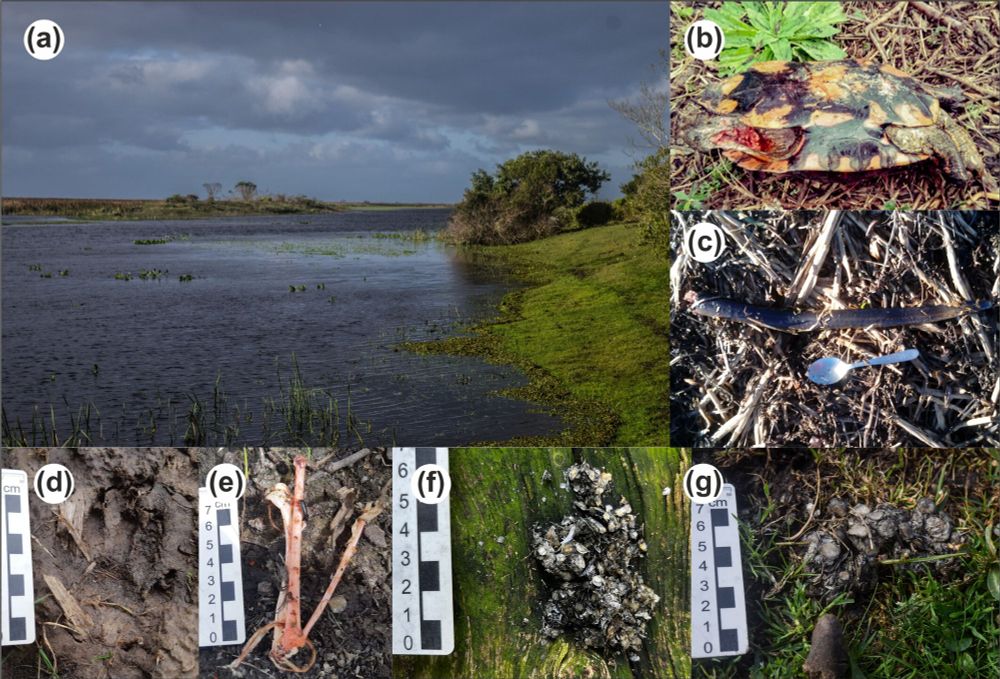
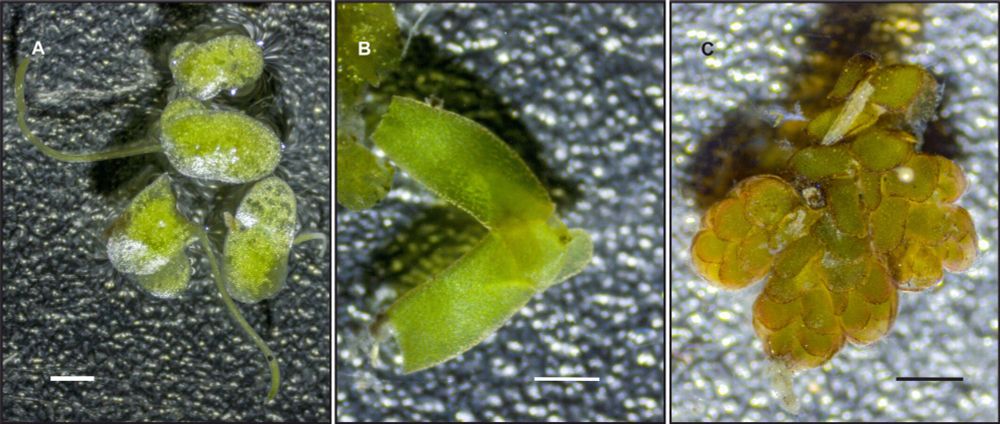
Seed dispersers help plants tracking climate change on mountains!
Animals are dispersing plant species to higher elevations... but over half of the plants arriving at higher elevations were exotic. 🦎🐦💩🌿
@newphyt.bsky.social
🧪🍁🌐🌏
nph.onlinelibrary.wiley.com/doi/full/10....

Seed dispersers help plants tracking climate change on mountains!
Animals are dispersing plant species to higher elevations... but over half of the plants arriving at higher elevations were exotic. 🦎🐦💩🌿
@newphyt.bsky.social
🧪🍁🌐🌏
nph.onlinelibrary.wiley.com/doi/full/10....





#wetlands #biodiversity
Discover more about these semiaquatic giants👇
📖 doi.org/10.1590/1676-0611-BN-2024-1629
#wetlands #biodiversity
Discover more about these semiaquatic giants👇
📖 doi.org/10.1590/1676-0611-BN-2024-1629


